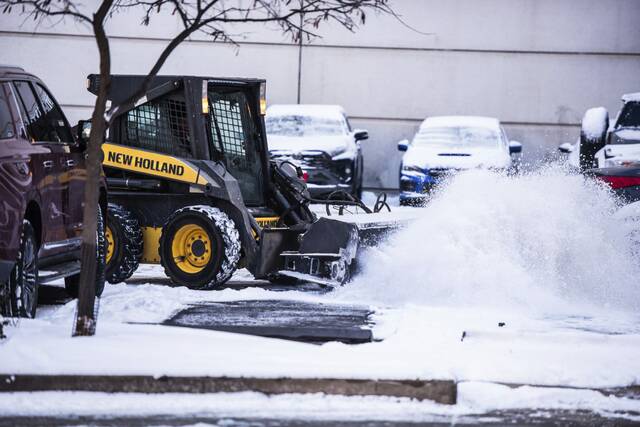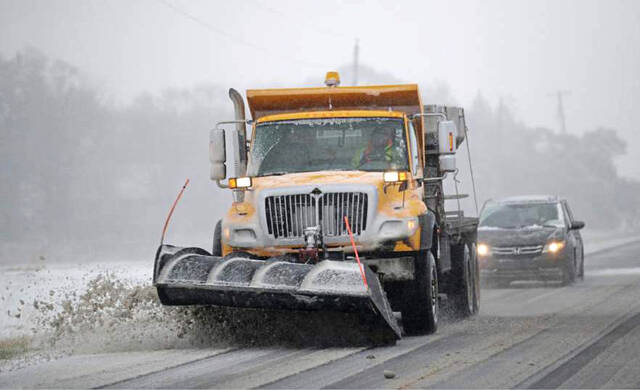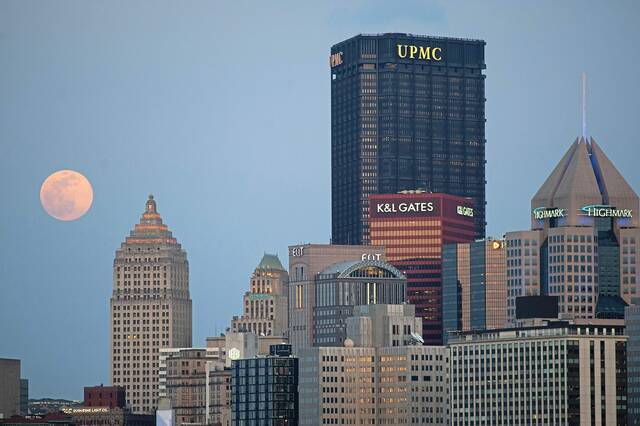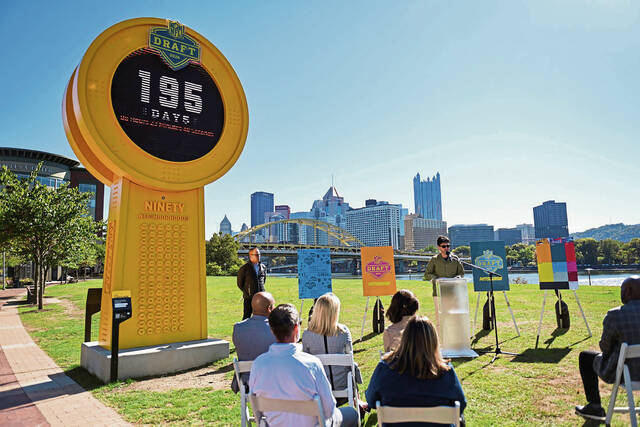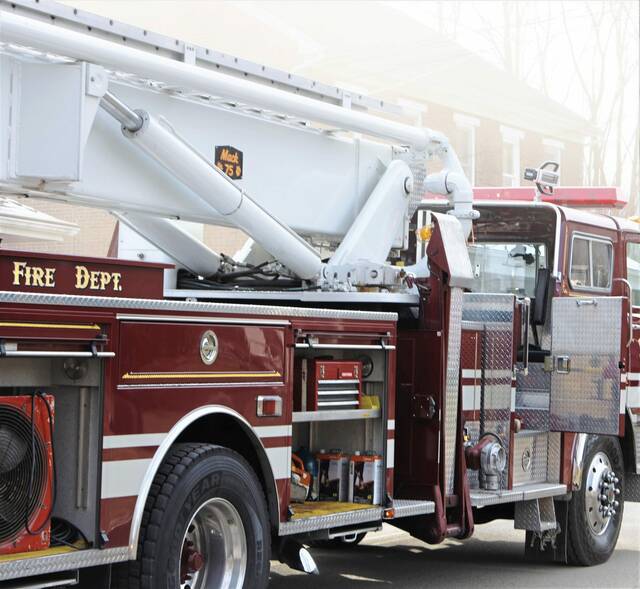Westmoreland County’s rate of positive coronavirus tests remained high Tuesday, but health experts said the increase is no surprise.
“Covid-19, not unlike other previous viral pandemics, came here and will have ebb and flow to it,” said Dr. Don Yealy, UPMC’s chair of emergency medicine. Yealy cited the virus’ trajectory through Western Pennsylvania up to this point, with case counts peaking in mid- to late-May, then falling, then peaking again in late June and July, then falling.
It’s not just Westmoreland County. Since the beginning of October, several counties in the western half of the state have seen rises in infection levels and percent positivity.
The rise in cases that the region is experiencing now is not out of the ordinary, Yealy said.
Westmoreland County reported 89 cases Tuesday, after 90 new cases Monday and 52 the day before, making Monday’s case report the third highest in the state. Since the beginning of October, the county of 349,000 residents has seen nearly a 200% increase to its seven-day case total. In Allegheny County, cases also are rising slightly. The county reported 97 cases Sunday and 82 Monday. There were 2,001 cases recorded in September, down from 2,253 in August.
Regional experts said there are a variety of causes for the rise in cases this month, including a large outbreak at Westmoreland Manor and increased community spread. As of Oct. 13, 112 residents and 33 staff members at the long-term care facility have tested positive; three people have died from covid-19.
Dr. Amesh Adalja, a Pittsburgh-based infectious disease and critical care physician, said the increases are likely attributed to increased contact as restrictions to public life relax and more people interact without masks and social distancing.
“Just remember that any activity you do, any social interaction you have, the virus is going to likely be there with you,” Adalja said.
Overall, the rise in infections is part of the virus’ natural course, experts said. Adalja encouraged residents to focus more on the percentage of positive cases relative to the number of people being tested.
The positivity rate in Allegheny County on Tuesday, based on new cases recorded in the last 24 hours, was 5.66%. In Westmoreland County, the rate for the same time period was 25.14%.
Dr. Thomas Walsh, medical director of the Antimicrobial Stewardship Program at Allegheny Health Network, said the percent-positivity rates have risen in the past two weeks across network hospitals. But while he is beginning to see another rise in hospitalization, most patients are not in need of critical care.
Yealy reported similar observations at UPMC. No hospitals in the region have reported capacity issues — which experts said is the true cause for concern during large spikes.
Adalja and Yealy also echoed previous statements claiming the severity of the covid-19 illness has seemed to decrease, and hospital stays seem to be shorter than they were earlier in the pandemic.
“I think we’re getting much better at diagnosing these individuals quicker, putting them on the right treatment pathway faster,” Adalja said. “We’re getting better at taking care of patients in the hospital. We’re also learning a lot about the virus and the disease, so we’re much more likely able to anticipate complications, predict them and prevent them than we were early on.”
Overall, Western Pennsylvania has fared better than many other metropolitan areas, especially when it comes to hospital and ventilator capacity. While hospitals in other large cities were overwhelmed during peaks in April and during the summer, Pittsburgh-area hospitals never reported such issues.
Yealy said this is largely because of “the ability of our communities to learn the lessons from being a few weeks behind,” gleaning insight from areas that were hit harder and earlier than Western Pennsylvania, as well as the region’s high concentration of health care networks. At UPMC, specifically, Yealy said physicians were preparing for the virus as early as January.
But there is no reason for individuals to let their guard down when it comes to taking precautions, he said. With an effective vaccine or widespread antibody infusions months away, it’s still imperative that people do “the simple things” to prevent transmission.
“I think that the evidence that people should maintain their concern, and more importantly maintain their behavior, has been here since March,” Yealy said. “There has never been a change that would say, ‘It’s time not to worry again.’ ”
Walsh said contact tracing has shown the “highest-risk activities” are those that are indoors, involving large groups in poorly ventilated areas. As the weather cools and outdoor activities become more difficult, he said people gathering in closer proximity is a “big concern.” That, combined with “covid fatigue and mask fatigue,” will contribute to higher rates of infection, he said.
Experts have widely encouraged mask-wearing and social distancing as various aspects of public life reopen.
“Just because we’re getting tired of the virus,” Walsh said, “doesn’t mean the virus is getting tired of us.”



